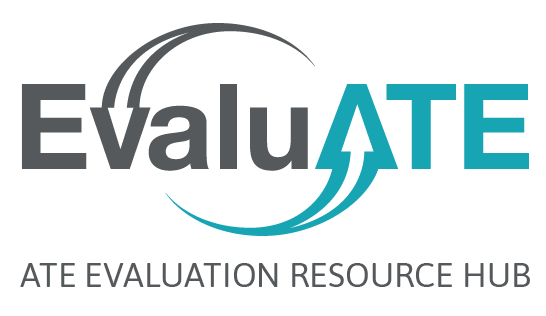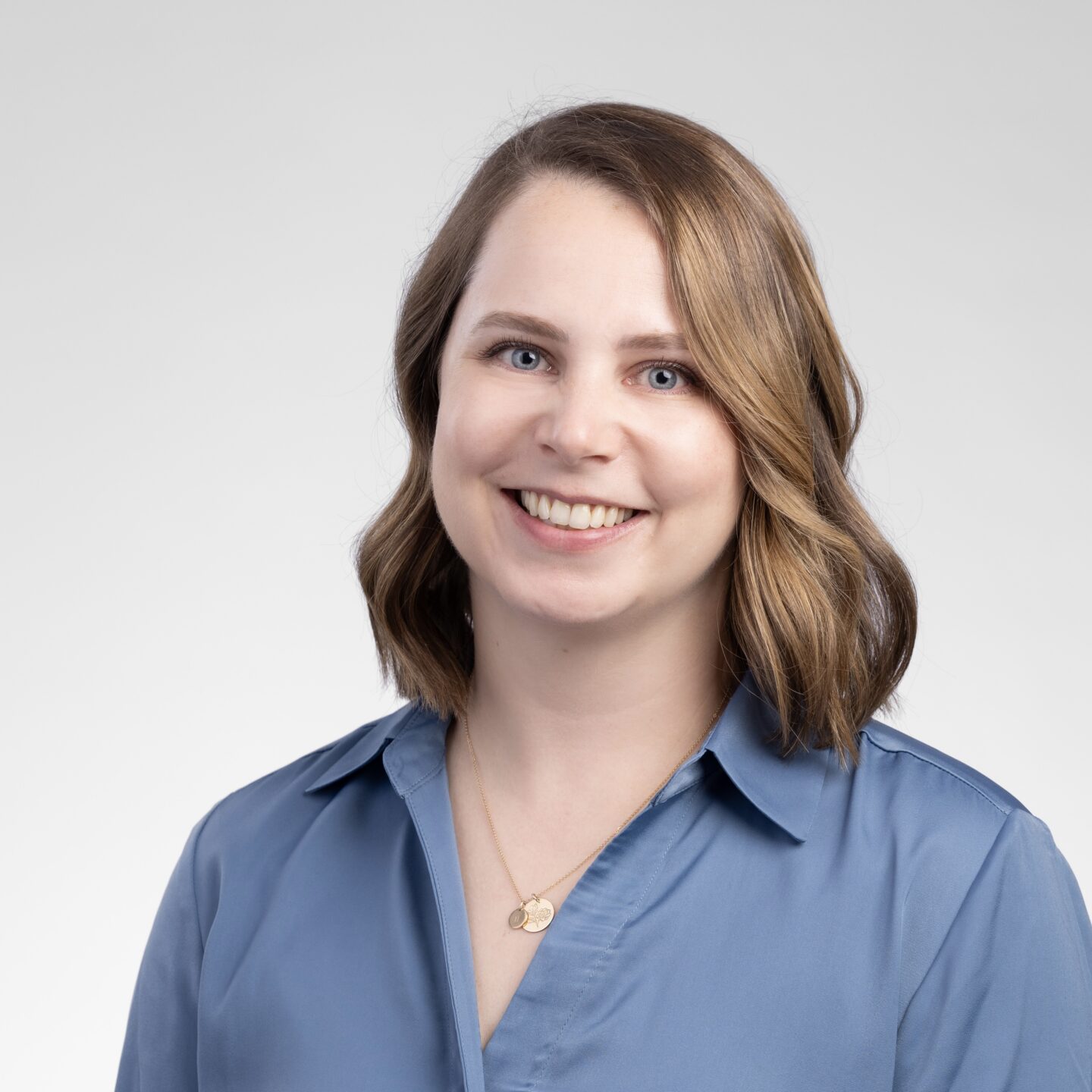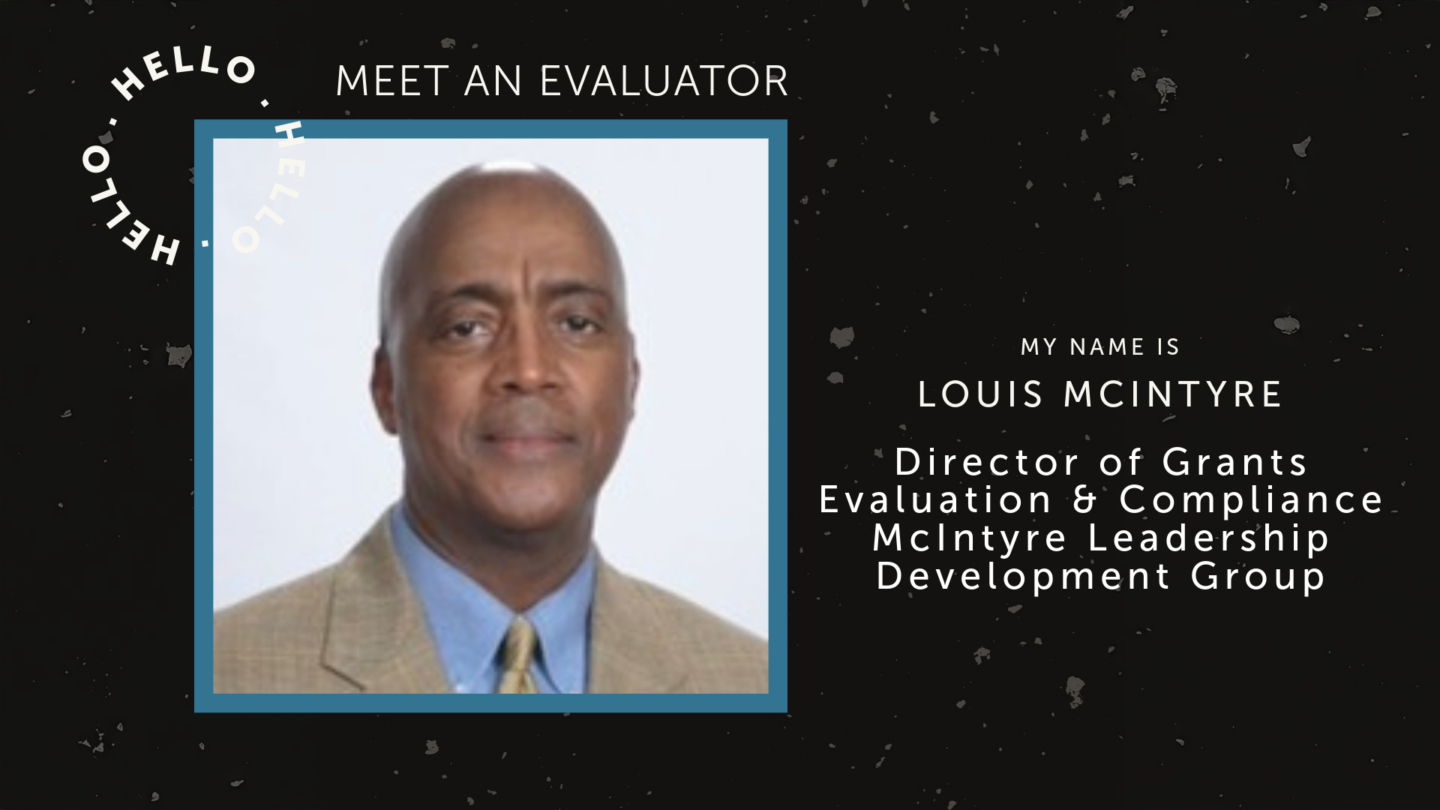
We at EvaluATE affectionately call the fall “conference season.” Both the ATE PI Conference and the American Evaluation Association’s annual conference usually take place between October and November every year. This year, both conferences will be virtual events. Planning how our project will engage in this new virtual venue got me thinking: What makes a virtual conference successful for attendees? What would make a virtual conference successful for me?
I started by considering what makes an in-person conference successful, and I quickly realized that this was an exercise in evaluative thinking. The concept of evaluative thinking has been defined in a variety of ways—as a “type of reflective practice” (Baker & Bruner, 2012, p. 1), a combination of “critical thinking, creative thinking, inferential thinking, and practical thinking” (Patton, 2018, p. 21), and a “problem-solving approach” (Vo, 2013, p. 105). In this case, I challenged myself to consider what my personal evaluation criteria would be for a successful conference and what my ideal outcomes would look like.
In my reflection process, I came up with a list of key outcomes for attending a conference. Specifically, at conferences, I hope to:
- build new relationships with peers;
- grow relationships with existing partners;
- learn about new trends in research and practice;
- learn about future research opportunities (places I might be able to fill in the gaps); and
- feel part of a community and re-energized about my work.
I realized that many of these outcomes are typically achieved through happenstance. For example, at previous conferences, most of my new relationships with peers occurred because of a hallway chat or because I sat next to someone in a session and we struck up a conversation and exchanged information. It’s unlikely these situations would occur organically in a virtual conference setting. I would need to be intentional about how I participated in a virtual conference to achieve the same outcomes.
I began to work backwards to determine what actions I could take to ensure I achieved these outcomes in a virtual conference format. In true evaluator fashion, I constructed a logic model for my virtual conference experience (shown in Figure 1). I realized I needed to identify specific activities—agreements with myself—to get the most out of the experience and have a successful virtual conference.
For example, one of my favorite parts of a conference is feeling like I am part of a larger community and becoming re-energized about my work. Being at home, it can be easy to become distracted and not fully engage with the virtual platform, potentially threatening these important outcomes. To address this, I have committed to blocking off time on my schedule during both conferences to authentically engage with the content and attendees.
How do you define a successful conference? What outcomes do you want to achieve in upcoming conferences that have gone virtual? While you don’t have to make a logic model out of your thoughts, I would challenge you to think evaluatively about upcoming conferences, asking yourself what you hope to achieve and how can you ensure that it happens.


Except where noted, all content on this website is licensed under a Creative Commons Attribution-NonCommercial-ShareAlike 4.0 International License.





 EvaluATE is supported by the National Science Foundation under grant number 2332143. Any opinions, findings, and conclusions or recommendations expressed on this site are those of the authors and do not necessarily reflect the views of the National Science Foundation.
EvaluATE is supported by the National Science Foundation under grant number 2332143. Any opinions, findings, and conclusions or recommendations expressed on this site are those of the authors and do not necessarily reflect the views of the National Science Foundation.